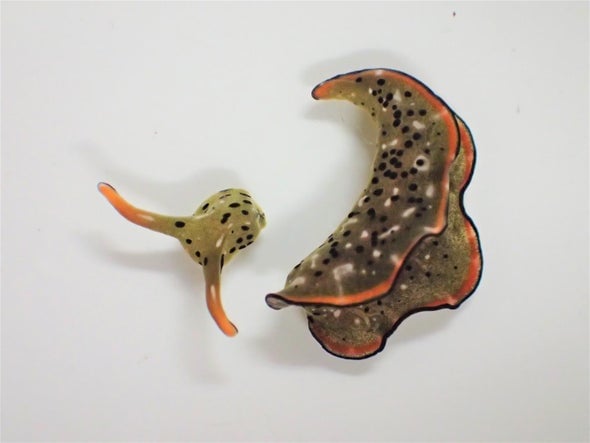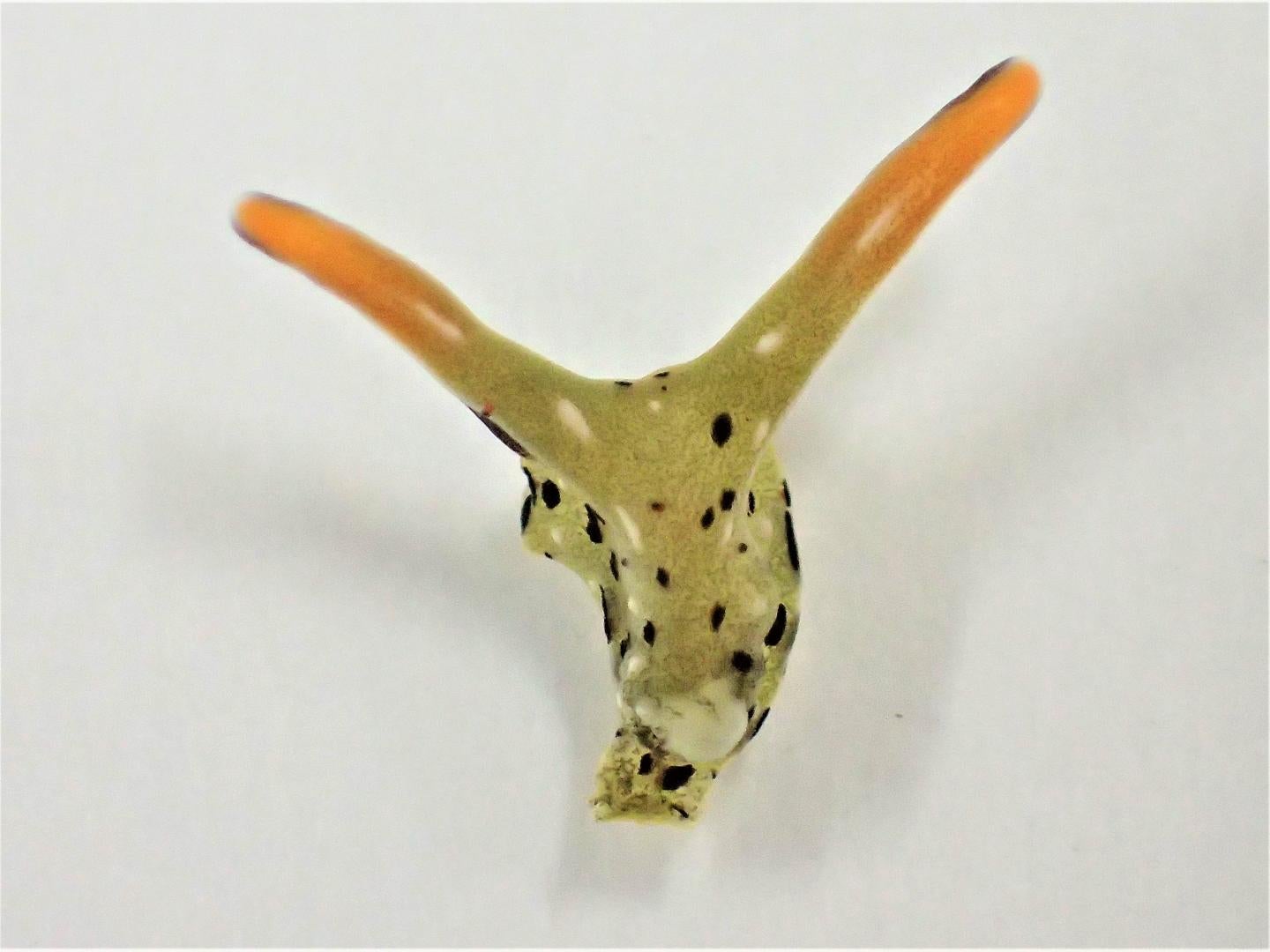
Regeneration, or the ability to regrow body parts, is a fairly widespread phenomenon in the animal kingdom. However, the skill is usually restricted to growing a new tail or a new limb. Now, researchers have found two species of sacoglossan sea slugs — Elysia atroviridis and Elysia marginata — that deliberately detach their heads from their original bodies and grow brand new ones!
Biologists Sayaka Mitoh and Yoichi Yusa, from Nara Women’s University in Japan, stumbled upon the slugs' talent while observing the creatures in their laboratory. "One day, I found an individual of Elysia marginata with its head and its body separated," Mitoh said. "I thought the poor slug would die soon."
To her astonishment, the wound at the back of the slug's head healed rapidly, and within days there were signs of a new body being generated. In just three short weeks, the slug managed to replicate 80 percent of its original body, complete with vital organs. "We thought that it would die soon without a heart and other important organs, but we were surprised again to find that it regenerated the whole body,” Mitoh told Live Science.

Though the slug's original body also continued to wriggle around for a few days, and in some cases even months, after being detached, it eventually withered and died. Mitoh said, “The bodies gradually shrank and became pale, apparently from losing chloroplasts, and eventually decomposed. The beating of the heart was visible just before the body decomposed.”
The scientists are not sure why the creatures discard their bodies. They speculate it could be to rid themselves of internal parasites. It could also be a clever technique to escape from predators. However, only the younger slugs could grow new bodies. Though the heads of the older slugs survived for up to ten days they did not grow and eventually died. The number of times the slugs can pull off this amazing trick is believed to be restricted. While one individual in the laboratory tank managed to do it twice, Mitoh and her team think that may be the limit.

Regrowing cells requires a lot of energy and is usually impossible without nutrition from the body. However, the slugs have found a clever way to get around this issue. They steal chloroplasts — the portion of a cell that enables plants to convert sunlight into energy — from the algae they consume and photosynthesize it in their own tissues.
The researchers, who published their findings in the journal Current Biology on March 8, 2021, plan to continue studying these exciting gastropods. "Sacoglossan sea slugs are well known for their ability for kleptoplasty [stealing cloroplasts] and we now learned that they have another great ability," Mitoh says. "We are very interested in these small animals."
Resources: Livescience.com. ScientificAmerican.com,
